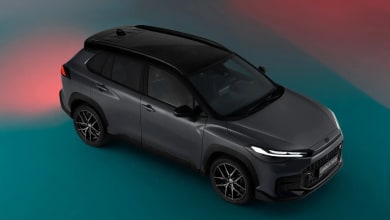Dongfeng Aeolus L7 PHEV: The Range Anxiety Killer from China?
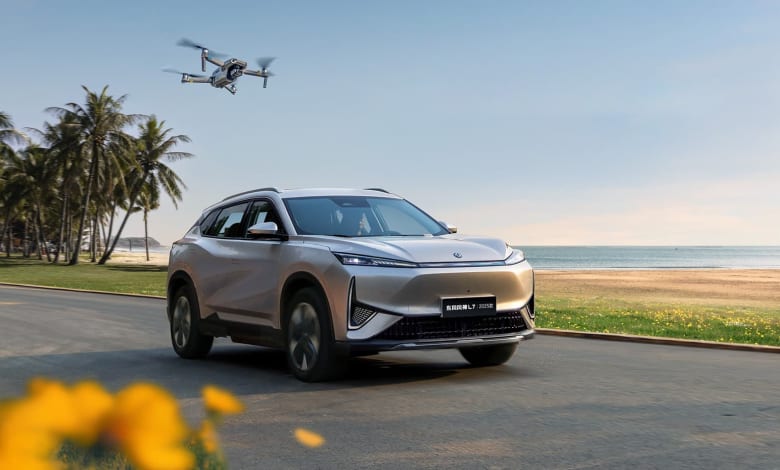
The automotive landscape is constantly evolving, and the latest contender to turn heads comes from the East. Dongfeng has officially launched its 2025 Aeolus L7, a plug-in hybrid electric vehicle (PHEV) that’s making waves with its extraordinary claimed range and surprisingly attractive price point. This new model, presented on April 13th, is available in eight variants and as both a pure electric car (EV) and a plug-in hybrid.
The PHEV version of the Aeolus L7 is undoubtedly stealing the spotlight due to its remarkable potential for covering vast distances. While the official combined total range is stated as between 1,400 to 1,500 km based on battery sizes of 17 kWh or 30.3 kWh, Dongfeng has gone a step further to demonstrate its capabilities. In a real-world practical test, the manufacturer claims an astonishing range of over 2,200 km was achieved. This involved circumnavigating Hainan Island three times on a single full tank and a fully charged battery. The consumption figures are equally impressive, cited at 1.5 l/100 km or even 0.56 l/100 km depending on the variant.
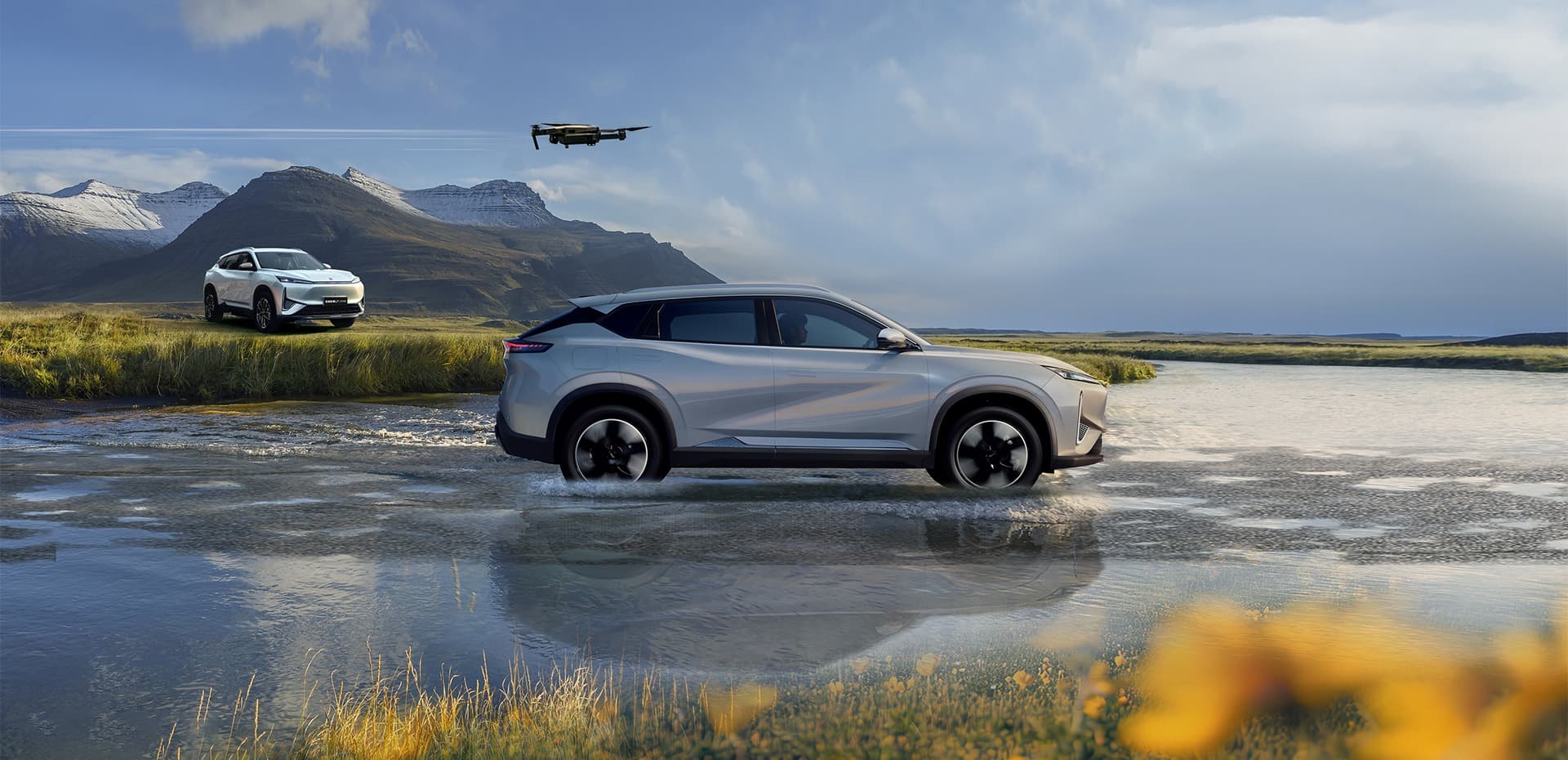
Under the bonnet, the Aeolus L7 PHEV is powered by the Mach PHREV system. This consists of a 1.5-litre turbo four-cylinder engine producing 154 PS and 240 Nm of torque, working in tandem with a permanent magnet synchronous electric motor delivering 136 PS and 260 Nm. The total system output is a significant 360 hp and 615 Nm of torque, all managed through a 4-speed DHT transmission. The top speed for the PHEV is listed as 170 km/h. Charging the battery from 30 to 80% using a quick charger takes a swift 26 minutes.
The Dongfeng Aeolus L7 boasts dimensions of approximately 4.7 m in length, 1.9 m in width, and 1.6 m in height, with a wheelbase of 2.8 m. These dimensions are near-identical to the Hedmos Fukang 06, suggesting a potential shared platform within the Dongfeng Peugeot-Citroën group.
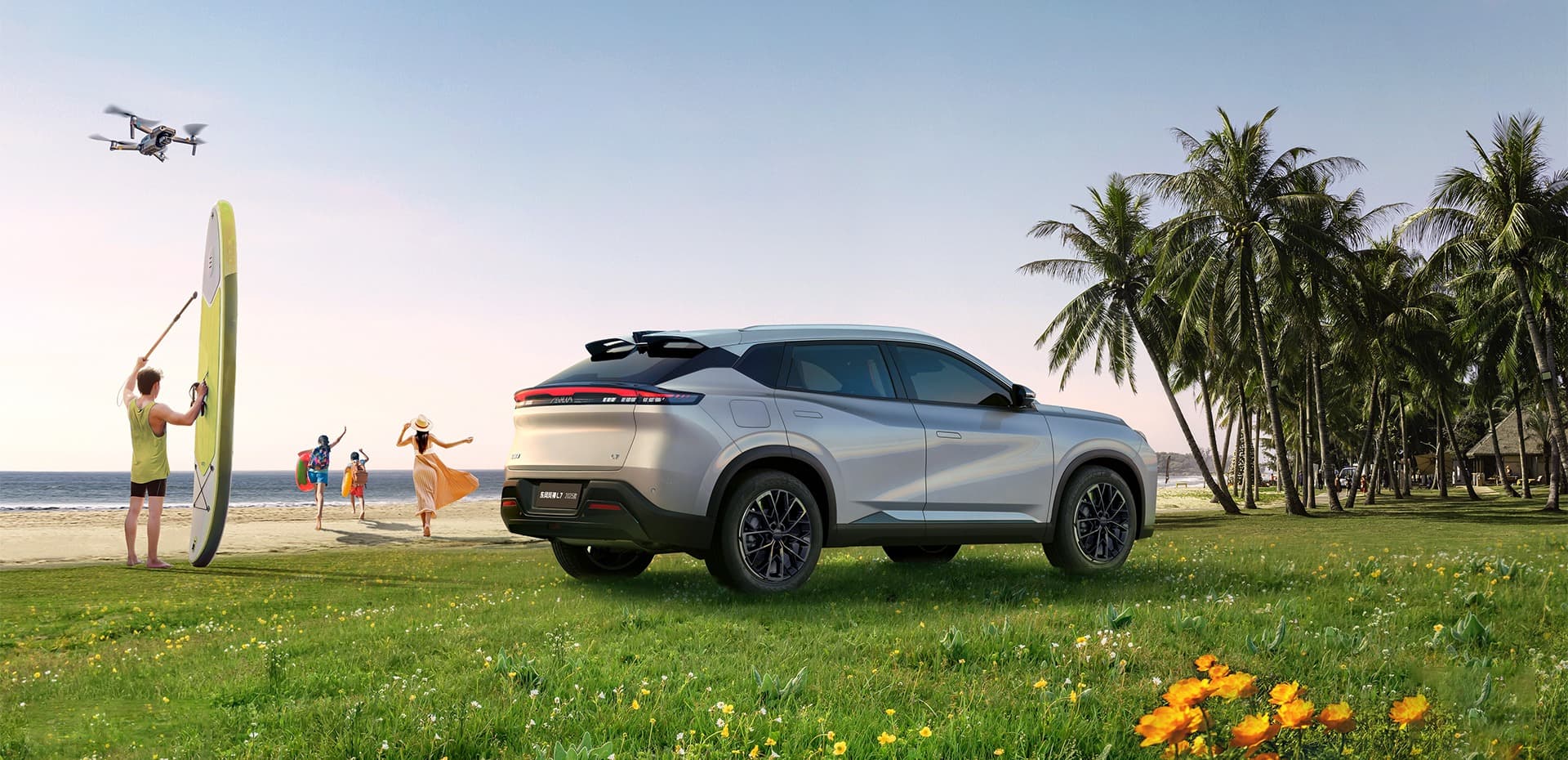
Inside, the Aeolus L7 doesn’t skimp on modern technology. Most variants feature a Qualcomm Snapdragon 8155 chip powering the infotainment system, which is displayed on a large 14.6-inch central touchscreen. This is complemented by a digital instrument cluster available in 10 or 10.25-inch sizes depending on the trim level. Convenience and connectivity are well catered for with voice control, app control via smartphone, and an optional large panoramic glass roof. The top-tier version also includes 50 W wireless charging. In terms of safety, the Aeolus L7 incorporates Level 2 driving assistance. The boot space is noted as 413 litres for the standard versions.
For those seeking purely electric mobility, the Aeolus L7 is also available as an EV with two motor options: 163 PS and 240 Nm, or 218 PS and 310 Nm, both driving the front axle. Battery packs for the EV come in 50.8 kWh, 61.2 kWh, or 62.3 kWh capacities, offering a CLTC range of 430 km to 518 km. The top speed for the EV variants is also limited to 170 km/h. Quick charging for the EV from 30 to 80% takes 28 minutes.
Perhaps one of the most compelling aspects of the 2025 Dongfeng Aeolus L7 is its price. In China, the PHEV models start from the equivalent of around €12,000 and go up to about €17,500 depending on the equipment level. The electric versions are similarly competitively priced, ranging from 95,000 to 130,000 yuan (approximately €13,000 to €18,000).
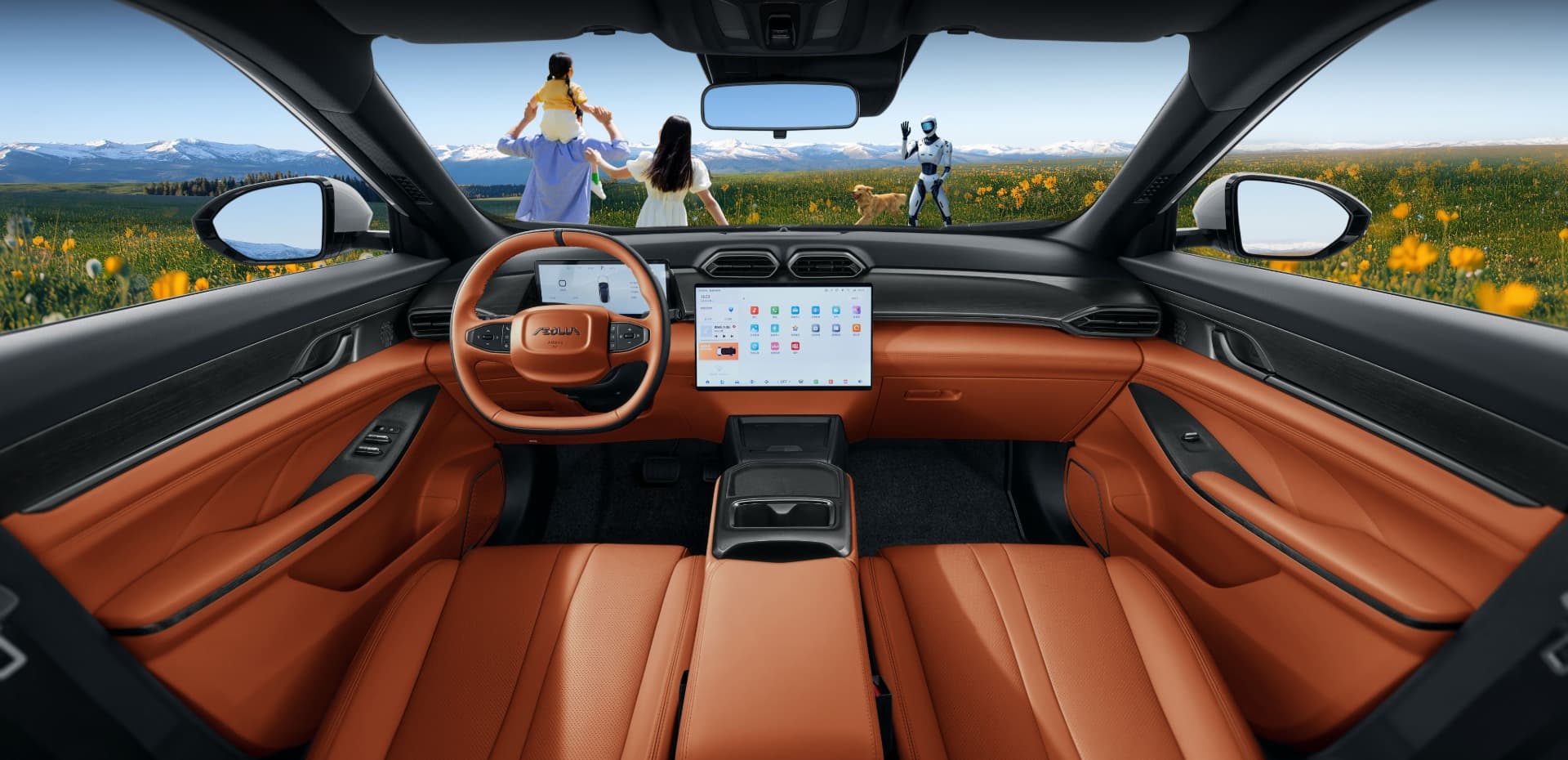
In conclusion, the Dongfeng Aeolus L7 PHEV presents a compelling package of impressive range, decent performance, and modern technology at a remarkably accessible price point (at least in its domestic market). Whether it can replicate its claimed real-world range in varied driving conditions remains to be seen, but on paper, it certainly appears to be a strong contender in the burgeoning plug-in hybrid segment. Automotive enthusiasts and potential buyers will undoubtedly be keen to see how this vehicle fares in independent tests and if its attractive pricing and impressive specifications translate to markets beyond China.




